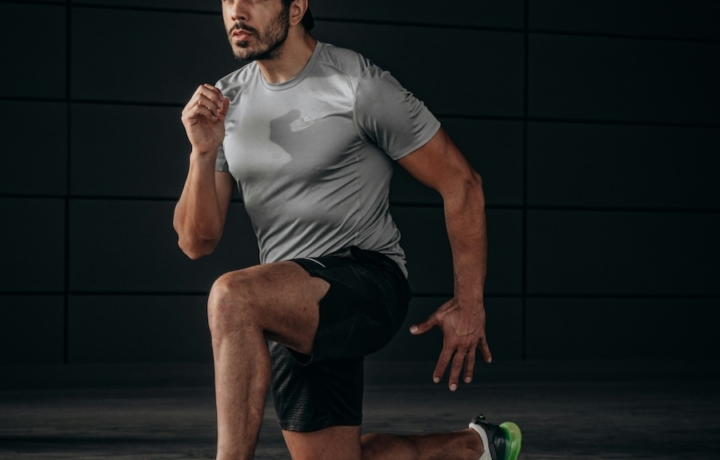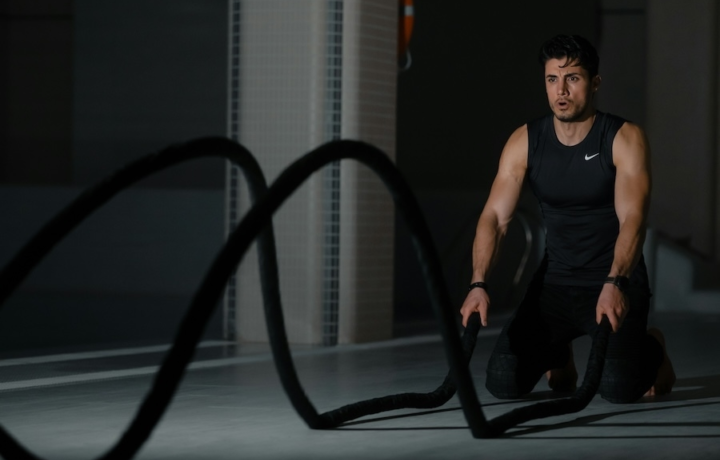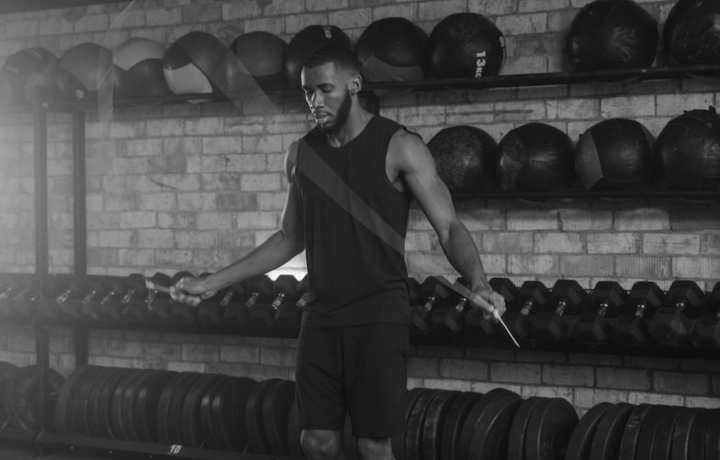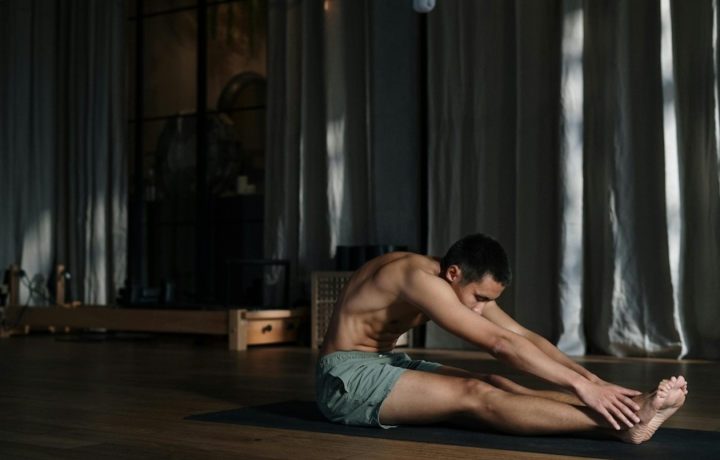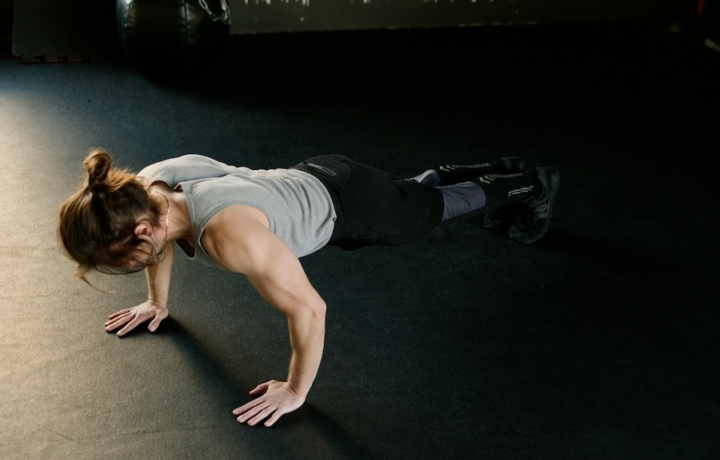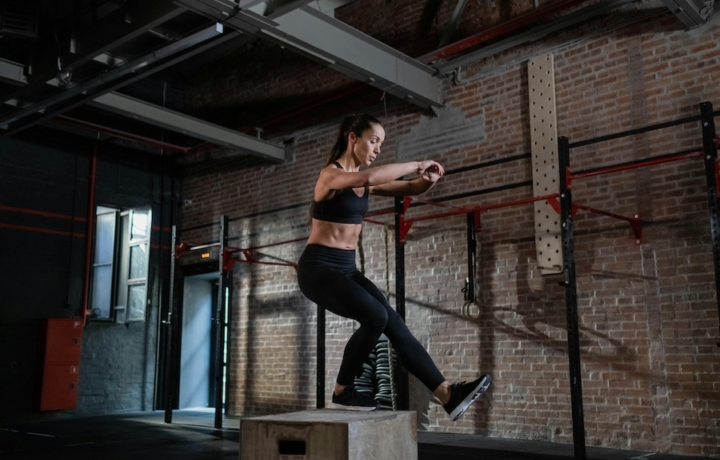Support muscle repair & reduce soreness
Best Recovery workouts
Recovery workouts are low-intensity sessions designed to boost circulation, loosen tight muscles, and help your body bounce back faster from intense training. Whether you’re dealing with post-leg-day soreness or just need a reset between heavy lifting days, these sessions help you stay active without overloading your system. From light cardio and mobility drills to foam rolling and bodyweight flows, recovery workouts promote faster muscle repair and prevent injury: while keeping you on track toward your fitness goals.

Workout 1 Recovery (Enhance circulation and reduce muscle tension)
This recovery workout helps you feel better after hard training sessions using gentle stretches and light movements that improve blood flow and release muscle tightness. You'll hold stretches for 30-45 seconds and do light bodyweight movements that get your muscles moving without adding stress. The workout focuses on the areas that typically get tight from training: hips, back, shoulders, and legs while helping your body recover faster between intense workouts.


Cat Cow Stretch


Worlds Greatest Stretch


Bird Dog


Child's Pose


Standing Wall Calf Stretch
Move better, feel better, and train harder
The benefits of recovery workouts
Recovery workouts help reduce muscle stiffness, improve range of motion, and stimulate blood flow to speed up the repair process. They're especially useful for managing fatigue and preventing overtraining in high-volume programs. Incorporating regular recovery days improves your workout consistency, keeps joints healthy, and maintains mental focus. In short: recovering well means performing better long-term.
Built for progress
Take the guesswork out of training
Create personalized AI-powered workout plans that evolve with you. Train smarter, track every rep and keep moving forward, one workout at a time.






Workout 2 Recovery (Flexibility & tension release)
This recovery workout focuses on improving your flexibility and releasing tight muscles through longer stretches and yoga-style poses held for 30-60 seconds. You'll target the areas that typically get tight from training - hips, back, hamstrings, and shoulders - with deep stretches that help your muscles relax and lengthen. The session emphasizes breathing deeply and letting your body unwind rather than pushing through discomfort.


Butterfly Yoga Pose


Runners Stretch


Sitting Bent-Over Back Stretch


Cobra Yoga Pose


Kneeling Lat Stretch


Child's Pose
Frequently asked questions: best Recovery workouts
Foam rollers, massage balls, resistance bands, yoga mats, and even light dumbbells or kettlebells can support mobility and stretching work. Wearables that track heart rate or readiness can also help guide when and how to recover effectively.
Yes. While the primary goal is recovery, these sessions improve circulation, joint mobility, and muscular endurance. Over time, consistent recovery work can enhance movement quality, reduce injury risk, and improve performance in your main training sessions.
Active recovery involves gentle movement to promote blood flow and reduce soreness, while complete rest means no physical activity at all. Both have benefits, but active recovery can help reduce stiffness and keep your body moving without overexertion.
Most people benefit from 1–2 recovery workouts per week, especially after high-intensity training days. You can also use active recovery as a cooldown or add mobility sessions on rest days to stay loose and support recovery between workouts.
Recovery workouts typically include low-impact activities such as walking, swimming, cycling, yoga, foam rolling, or mobility routines. These sessions are performed at low intensity and help your muscles recover without adding additional fatigue.
Train hard, recover smarter
Ready to train smarter?
You’ve just explored some of the most effective recovery workouts: ideal for reducing soreness, improving mobility, and staying consistent. With the app, you can build these into your weekly routine to support long-term progress without burning out.
Explore more recovery training variations
Related recovery workouts
Train smarter with weekly plans
